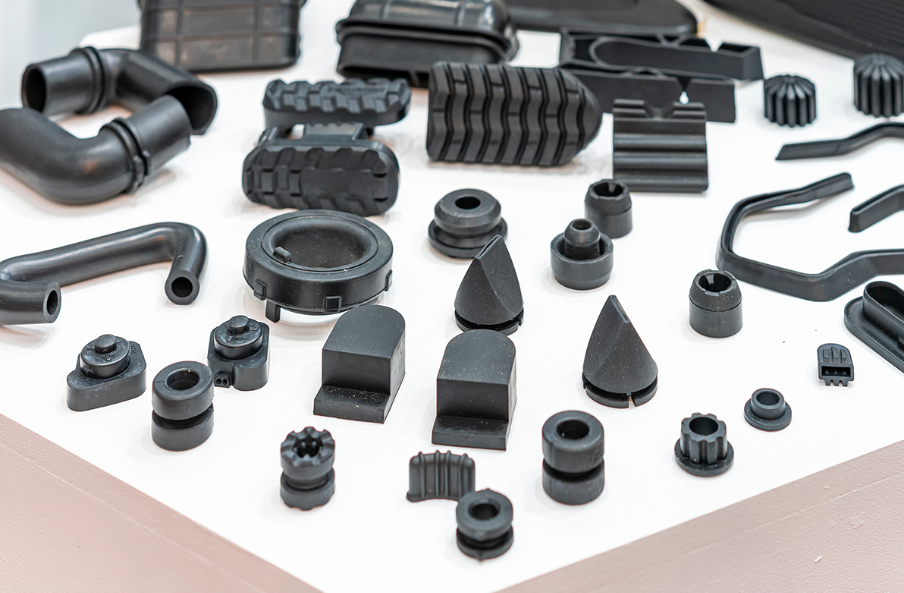
Rubber molded is a manufacturing process that involves shaping rubber materials into useful products by placing them into a mold cavity, where they are heated, pressed, and cured into the desired shape. This method is essential in producing a wide range of components used in industries like automotive, aerospace, electronics, medical devices, and consumer goods.
What is Rubber Molding?
At its core, rubber molding uses heat and pressure to force uncured rubber into a mold where it takes the shape of the mold cavity. Once the rubber sets, the product is removed from the mold and finished. The process ensures consistent shapes, durability, and strength, especially for parts requiring flexibility and resilience.
Common Rubber Molding Processes
There are three primary types of rubber molding:
-
Compression Molding
This is one of the oldest and simplest methods. A pre-measured amount of rubber (called a preform) is placed into the open mold cavity. The mold is then closed, applying heat and pressure until the rubber cures. It’s ideal for low to medium volume production and large, bulky parts. -
Transfer Molding
In this process, the rubber is placed in a chamber and forced into the mold cavities through small holes. Transfer molding offers better control over the material flow and is suitable for more complex or detailed parts. -
Injection Molding
Similar to plastic injection molding, this process uses an injection machine to heat and inject rubber into the mold. It’s highly efficient for large-scale production and intricate designs and ensures consistent part quality and minimal waste.
Materials Used in Rubber Molding
Different types of rubber compounds are used depending on the application. Common materials include:
-
Natural Rubber (NR): Offers high elasticity and abrasion resistance.
-
Silicone Rubber: Ideal for high-temperature applications and medical devices.
-
EPDM (Ethylene Propylene Diene Monomer): Resistant to weather, UV, and ozone.
-
Nitrile (Buna-N): Suitable for oil and fuel resistance.
-
Neoprene: Versatile and used in both industrial and consumer products.
Applications of Rubber Molded Parts
Rubber molded products are ubiquitous and serve various functions across industries:
-
Automotive: Seals, gaskets, bushings, and vibration dampeners.
-
Healthcare: Medical tubing, seals, and silicone components.
-
Consumer Electronics: Keypads, grips, and protective casings.
-
Construction: Weather stripping, vibration isolators, and expansion joints.
Advantages of Rubber Molding
-
Customizable: Molds can be designed for highly specific shapes and sizes.
-
Durable: Molded rubber parts offer excellent wear and environmental resistance.
-
Scalable: Suitable for both small runs and mass production.
-
Versatile: Works with a wide range of rubber materials for different performance needs.
Conclusion
Rubber molding is a cornerstone of modern manufacturing, enabling the production of essential parts that are flexible, durable, and reliable. Whether it’s a simple gasket or a complex automotive component, molded rubber products are vital to many of the technologies we rely on daily.